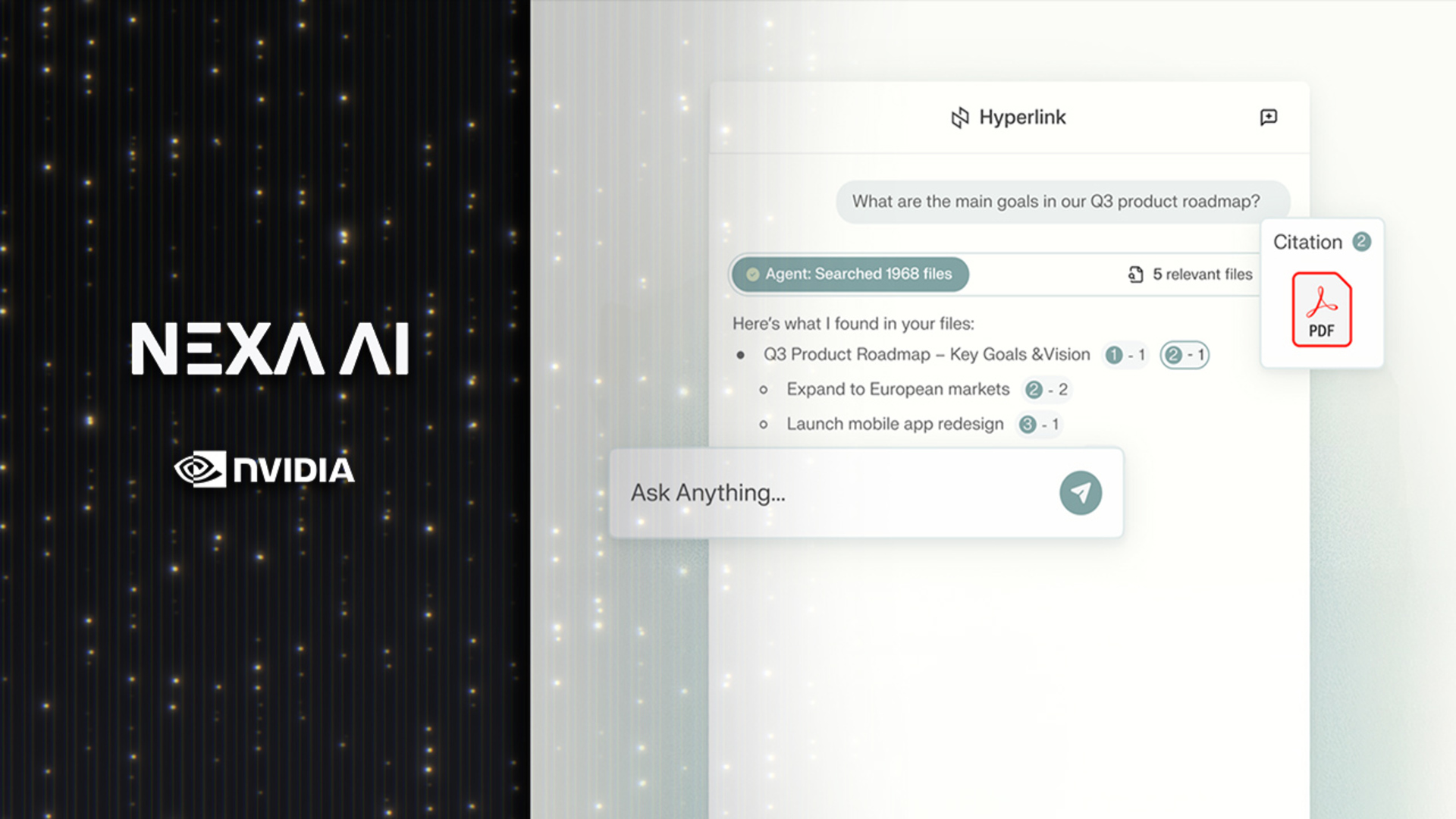News
Explore News
-
Audio News
-
Computing News
-
Earbuds and Airpods News
-
Health & Fitness News
-
News about Cameras
-
News about Fitness Trackers
-
News about Headphones
-
News about Laptops
-
News about Phones
-
News about Small Appliances
-
News about Smartwatches
-
News about Tablets
-
News about The Home
-
News about iPads
-
Smart Home News
-
Television News
Latest about News

How to watch Grey Cup 2025 on CFL+ — it's *FREE*
By Jacob Jones published
News Here's our guide on how to watch the Grey Cup 2025 for free as Saskatchewan Roughriders take on the Montreal Alouettes.

We have fresh hopes that the Samsung tri-fold will launch in the US
By David Nield published
Samsung has promised that its first tri-fold will be out before the end of the year, and here's another hint.

My favorite way to play the new League of Legends game is sold out everywhere, but Riot just dropped some great news
By Hamish Hector published
Riftbound's Proving Grounds is the best way to play the game. It's sold out, but will hopefully come back soon (maybe for Black Friday).

Nvidia's new AI app could be the productivity tool you've always needed - "Hyperlink" agent brings private AI-powered search for your PC
By Efosa Udinmwen published
Hyperlink uses local AI acceleration to deliver private, lightning-fast file searches powered by LLM reasoning and contextual understanding.

Italy vs Norway free streams: How to watch World Cup 2026 Qualifier, TV Schedule, Preview
By Jacob Jones published
News We'll show you all the ways you can watch Italy vs Norway as Erling Haaland's team look destined for a spot at the 2026 World Cup.

Quordle hints and answers for Monday, November 17 (game #1393)
By Johnny Dee published
Looking for Quordle clues? We can help. Plus get the answers to Quordle today and past solutions.

NYT Connections hints and answers for Monday, November 17 (game #890)
By Johnny Dee published
Looking for NYT Connections answers and hints? Here's all you need to know to solve today's game, plus my commentary on the puzzles.

NYT Strands hints and answers for Monday, November 17 (game #624)
By Johnny Dee published
Looking for NYT Strands answers and hints? Here's all you need to know to solve today's game, including the spangram.
Sign up for breaking news, reviews, opinion, top tech deals, and more.

